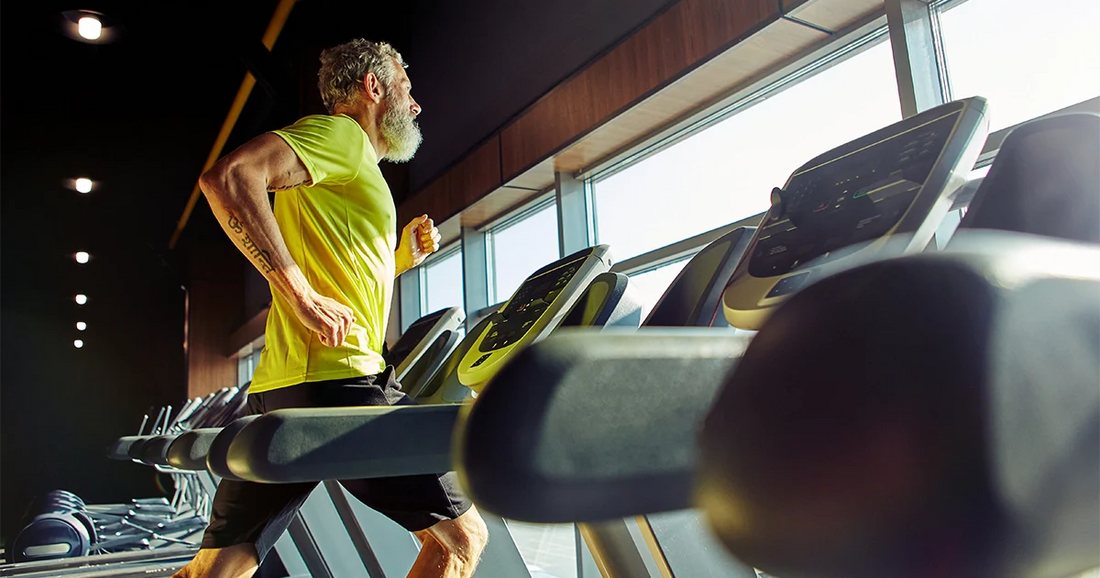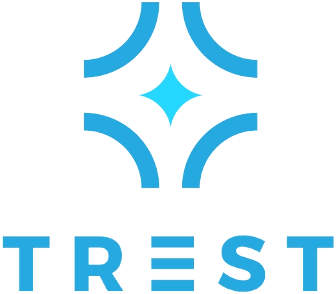
New Year’s Myths About Exercise and Incontinence: What You Need to Know for 2025
Share
As the new year begins, many people focus on setting fitness goals to improve their health. Whether it's starting a regular workout routine, committing to a healthier lifestyle, or simply staying active, exercise is often at the top of the list. However, for individuals managing incontinence, the idea of exercise can feel overwhelming. Myths and misconceptions surrounding incontinence and physical activity may discourage people from pursuing their fitness goals.
In this post, we’ll address some common myths about exercise and incontinence, debunk them, and provide you with practical advice on how to stay active in the new year while managing your symptoms. Understanding the facts can empower you to make the most of your fitness journey and improve your quality of life.
Myth 1: Exercise Makes Incontinence Worse
One of the most common myths about exercise and incontinence is that physical activity can make symptoms worse. Many people believe that jumping, running, or engaging in vigorous exercise will lead to more frequent accidents or increased leakage. The reality is that, for most individuals, regular exercise can actually improve bladder control and help manage incontinence symptoms.
The Truth: Exercise can strengthen the pelvic floor muscles, which play a key role in bladder control. When these muscles are strong and functioning properly, they help prevent leakage, even during physical activity. Pelvic floor exercises, such as Kegel exercises, are particularly beneficial for those experiencing stress incontinence (the leaking of urine during activities like laughing, coughing, or exercising). Incorporating pelvic floor exercises into your fitness routine can significantly enhance bladder control and boost confidence.
Myth 2: You Can’t Work Out with Incontinence
Another myth that holds many individuals back from exercising is the belief that incontinence makes it impossible to engage in physical activities. It’s easy to assume that certain types of exercise are off-limits when managing bladder issues, but that’s simply not the case.
The Truth: There are plenty of exercises you can do even if you have incontinence. In fact, staying active is important for your overall health, and physical activity can help reduce incontinence symptoms. Low-impact exercises, such as walking, swimming, yoga, and cycling, are great choices for people with incontinence. These activities help improve overall strength and endurance without putting unnecessary pressure on the bladder.
For those with more severe incontinence, it may be helpful to wear absorbent products like adult briefs or pads while working out. This added layer of protection can allow you to feel confident and comfortable as you exercise. It's also important to plan your exercise sessions around bathroom breaks and hydration levels to minimize the chance of accidents during workouts.
Myth 3: Incontinence Products Don’t Work During Exercise
Another common myth is that incontinence products, such as adult diapers or pads, aren’t reliable enough to wear during physical activity. Many individuals are hesitant to exercise because they fear their products will leak or fail to provide the necessary protection.
The Truth: Modern incontinence products are designed with advanced absorbency and comfort in mind, making them suitable for a wide range of activities. High-quality products like Trest Elite Briefs provide excellent absorbency and are designed to wick moisture away from the skin, keeping you dry during both everyday tasks and physical activity. These products have strong, durable tabs and a secure fit, which can help prevent leaks while you work out.
If you’re planning to do high-impact exercises or activities that require more movement, look for products that are specifically designed for active individuals. There are plenty of options available on the market that cater to those who need reliable incontinence protection while staying active.
Myth 4: Only Certain Types of Exercise Are Safe for People with Incontinence
There is a misconception that people with incontinence can only engage in very gentle or low-impact activities. Some may believe that anything more strenuous will worsen their symptoms. While it’s important to listen to your body and choose exercises that are appropriate for your level of comfort, there’s no reason why you can’t challenge yourself with a variety of activities.
The Truth: People with incontinence can safely engage in moderate to high-intensity exercise, depending on their symptoms and fitness level. The key is to find the right balance of intensity and activity that works for your body. For example, strength training can be an excellent way to build core and pelvic floor strength, which is crucial for incontinence management. Activities like cycling, aerobics, or dancing can also be fun and effective ways to stay fit while managing bladder control.
If you experience leakage during more intense activities, consider incorporating pelvic floor exercises or strengthening routines into your workout to enhance bladder control over time. Consulting with a healthcare provider or physical therapist can also help tailor an exercise plan that works for you.
Myth 5: Incontinence Will Prevent You from Achieving Your Fitness Goals
Some individuals with incontinence may feel discouraged or defeated by their condition, assuming it will always interfere with their fitness journey. This can lead to feelings of frustration or embarrassment, especially if accidents occur during workouts.
The Truth: Incontinence doesn’t have to derail your fitness goals. With the right mindset, products, and support, you can achieve your desired results while managing your symptoms. In fact, making incontinence management a part of your fitness routine can empower you to live an active and fulfilling life. Setting small, achievable goals and gradually increasing your exercise intensity can help you feel more confident and successful.
Support from a healthcare provider or an incontinence specialist can also help you develop strategies for managing your symptoms while pursuing your fitness goals. They can offer advice on appropriate exercises, nutrition, and incontinence product options to help you stay comfortable and confident as you work toward a healthier, more active lifestyle.
Myth 6: You Have to Make Major Lifestyle Changes to Manage Incontinence
Many people believe that managing incontinence requires major lifestyle changes, like giving up favorite activities, foods, or drinks. While certain adjustments can help manage symptoms, incontinence doesn’t have to drastically change your day-to-day life.
The Truth: Simple changes to your daily routine, such as practicing pelvic floor exercises, staying hydrated, eating a balanced diet, and incorporating regular exercise, can make a significant difference in managing incontinence. You don’t need to completely overhaul your lifestyle to take control of your symptoms. Finding a balance that works for you, while staying committed to your fitness goals, is key.
Conclusion: Starting Fresh with Incontinence in 2025
The New Year is an excellent opportunity to reset your fitness goals and focus on your well-being. Incontinence should never hold you back from leading an active, healthy life. By dispelling these myths and embracing effective strategies for exercise and incontinence management, you can stay motivated and confident throughout your fitness journey.
Remember, incorporating incontinence products like Trest Elite Briefs into your routine can provide the added support and protection needed for physical activity. These products are designed with comfort and absorbency in mind, making them a reliable choice for those with active lifestyles.
So, as you set your fitness goals for 2025, don't let incontinence stand in your way. With the right approach, exercise can be a powerful tool in improving bladder control and enhancing your overall health. Embrace the new year with a fresh mindset and stay active, healthy, and empowered!
